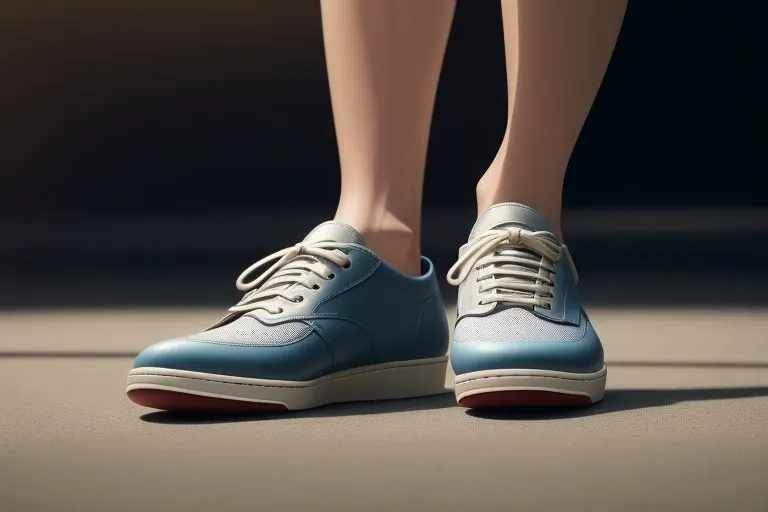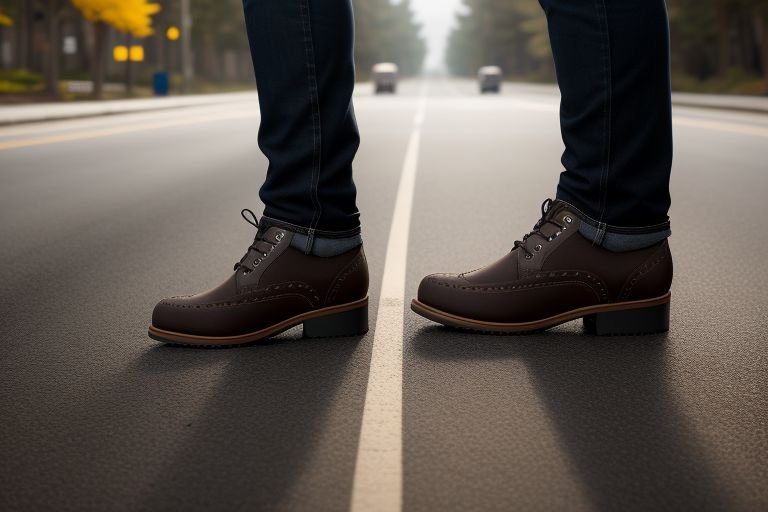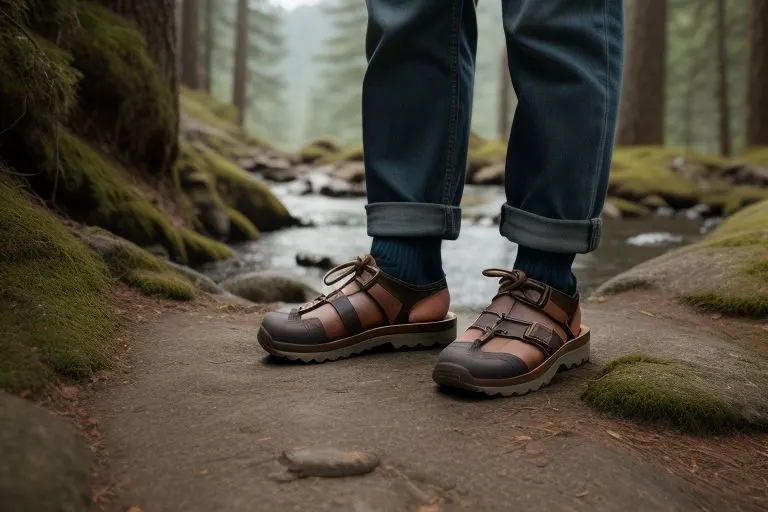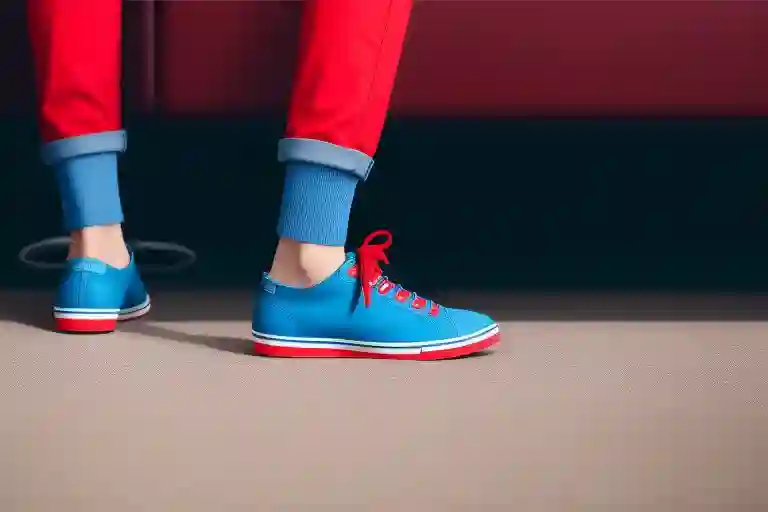What Does PS Mean? Decoding Shoe Jargon
Searching for the perfect pair of shoes may stumble upon some perplexing terms and abbreviations. In an industry brimming with lingo and acronyms, it’s easy to get lost.
One such term you might have encountered is PS, an abbreviation with significant relevance in shoe sizing.
This blog post aims to demystify what PS means in shoes and to help you understand why it’s crucial in the quest for comfortable and well-fitted footwear.
What Does Ps Mean in Shoes?
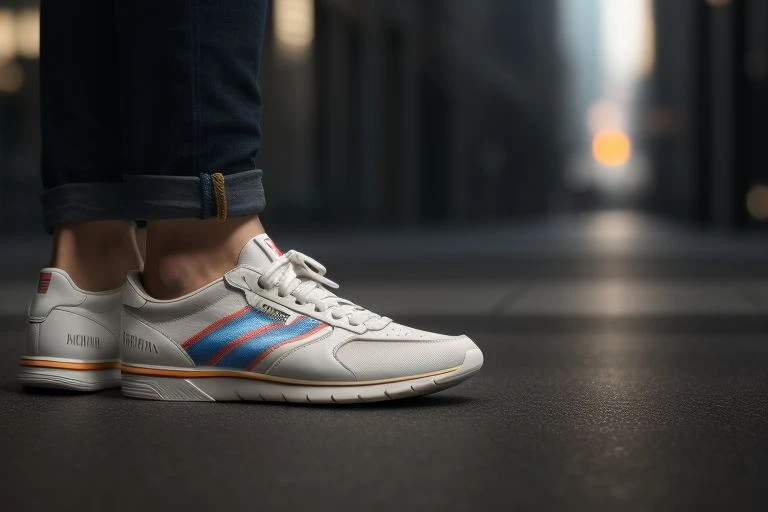
PS in the context of shoes is an abbreviation for Pre-School. It denotes a specific range in the shoe sizing system designed for children typically between the ages of 4 and 7 years old. The category typically covers shoe sizes 10.5 to 3 in the U.S. sizing system.
The PS size group is a crucial part of the child shoe sizing spectrum, right after the TD (Toddler) size category and before the GS (Grade School) size category. It’s designed to accommodate the rapid foot growth and development that children experience during these preschool years.
The idea is to ensure that the shoes fit comfortably and provide adequate support for a child’s active lifestyle, aiding in their overall physical development. Understanding the PS sizing is beneficial for parents shopping for shoes for their preschool-aged children.
It helps in selecting footwear that not only fits well but also provides the right amount of comfort and support. As you browse through shoe options for your little one, remember to look for the PS label for age-appropriate sizes.
Difference Between PS, TD, and GS in Shoes
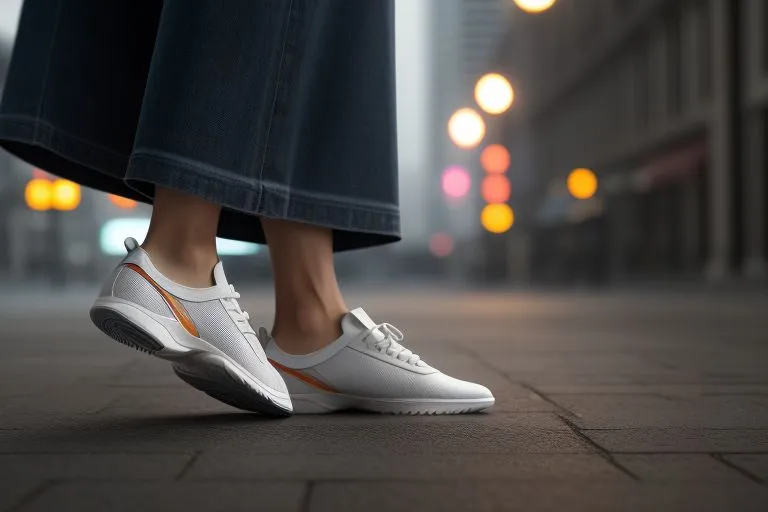
In the world of children’s footwear, terms like PS, TD, and GS are frequently used to denote different stages of shoe sizes. These three sizing categories, PS, TD, and GS, refer to different phases in a child’s growth and are each suited to specific age groups and foot development stages.
TD is an acronym for Toddler, encompassing shoe sizes suitable for children roughly from 1 to 4 years old. This size range is designed to cater to the rapid growth and unique foot shape of toddlers. The shoes under this category are built with features to help toddlers balance as they learn to walk and run.
PS, which stands for Pre-School, is the next category in line and is intended for children usually between 4 and 7 years old. These shoes are designed to adapt to the foot growth spurts that children experience in their preschool years, ensuring comfort and support during this active stage of their life.
GS, or Grade School, comes after the PS category, typically accommodating shoe sizes for children aged 7 to 12 years. The GS category corresponds to the period when children have a more defined foot shape and their growth rate slows down compared to the earlier stages.
By comprehending these size categories, parents can ensure they’re selecting footwear that is age-appropriate and tailored to the unique development needs of their child’s feet at each stage.
Importance of Choosing the Right Shoe Size
The right shoe size can significantly impact your child’s comfort and overall foot health. Ill-fitting shoes can lead to a myriad of problems. Shoes that are too tight might create discomfort, cause blisters, and even hamper your child’s natural walking pattern.
Conversely, shoes that are excessively large could lead to tripping hazards and instability while walking or running.
The correct shoe size, however, provides a balance between room for growth and the necessary support for your child’s feet. This balance is crucial during their developmental stages when they need appropriate foot care the most. By choosing the right shoe size, you are also helping in promoting better posture and encouraging healthier foot development for your child.
But remember, the quest for the right shoe size doesn’t end with understanding shoe size terminologies like PS. You must also consider the potential variations in size across different shoe brands.
What may be a perfect fit in one brand might not be the same in another due to disparities in design, materials, and manufacturing processes. Always refer to the specific brand’s size chart or have your child try on the shoes in the store before making a final purchase.
With the right shoe size, you can help ensure your child’s feet stay comfortable and healthy, paving the way for many more years of happy steps and strides.
PS Sizing Across Different Brands
When shopping for PS size shoes, it’s crucial to remember that sizing is not universal across all brands. The size 1 PS shoe that fits snugly in one brand could be a misfit in another due to distinct factors such as the design specifications, materials utilized, and varying manufacturing techniques.
Therefore, it’s prudent to take into account these potential disparities before making your purchase. Consulting the specific size chart provided by the shoe brand can offer guidance on their particular size dimensions.
If possible, trying on the shoes physically in-store is also an effective way to ensure the correct fit. This approach can be especially beneficial for brands that your child hasn’t worn before or for styles that they’re not accustomed to.
The goal is to find shoes that align with your child’s foot measurements and comfort needs, regardless of the variations in brand sizing.
How to Measure Your Child’s Foot for PS Sizing
Assessing your child’s foot size for a PS fit isn’t a complex task. Here’s a simple guide to get accurate measurements: Begin by asking your child to stand on a piece of paper, distributing their weight equally on both feet.
This will help you get the most accurate representation of their foot size. With a pen or pencil, trace the outermost points of their foot, from the tip of their longest toe to the rear of their heel. This tracing will give you the full length of their foot.
Then, using a ruler, measure this length in either inches or centimeters, whichever you are more comfortable with. Take this measurement and compare it to the size chart of the specific shoe brand you’re interested in.
This will help you find the PS size that corresponds to your child’s foot length. This straightforward method ensures a more precise and comfortable shoe fit for your child.
Keep in mind, different brands may have varying size charts, so it’s always good to double-check the measurements with each new brand you consider.
Remember, Comfort is Key
In your pursuit to understand and accurately apply shoe terminology and sizing, always keep your child’s comfort at the forefront of your decision-making process.
When selecting shoes, consider factors such as the amount of arch support, the quality of cushioning, and the presence of a flexible and slip-resistant sole.
These features play a pivotal role in maintaining your child’s comfort throughout the day, especially during periods of physical activity. After your child has worn their new shoes for a period of time, be vigilant for signs of discomfort or irritation.
These could be indicators of an improper fit or lack of suitable support, prompting a need for a different shoe size or style. Remember, every child is unique, and what works for one may not necessarily work for another.
The goal is to ensure that their shoes support their active lifestyle while keeping their feet comfortable and healthy. No amount of shoe-related knowledge can substitute the importance of your child’s comfort when it comes to selecting the perfect pair of shoes.

